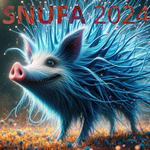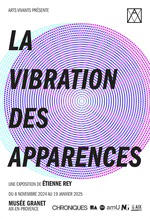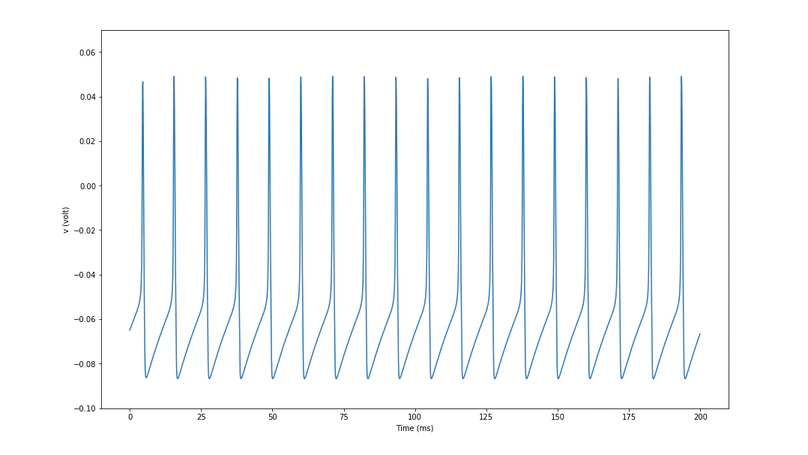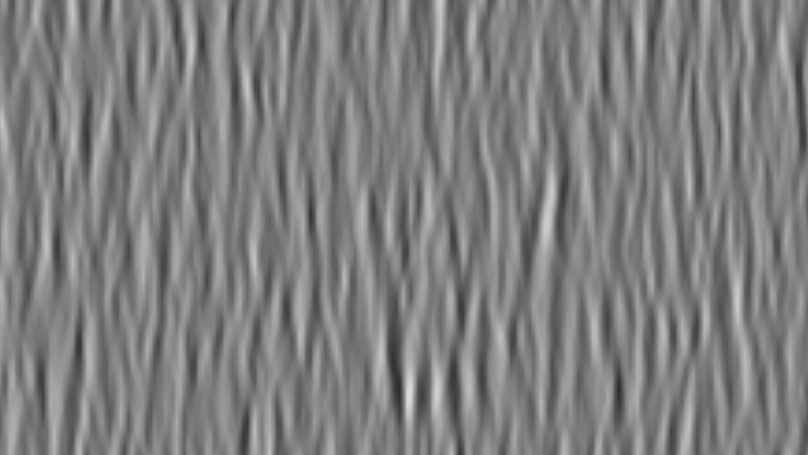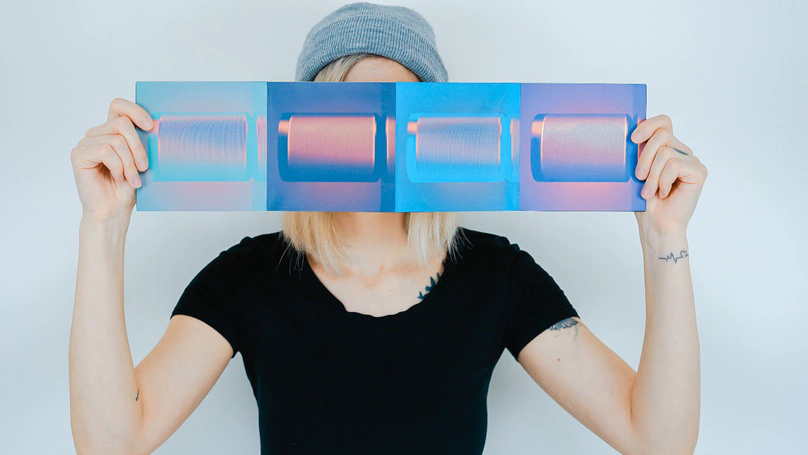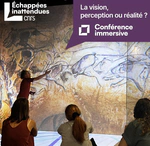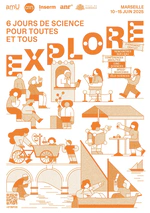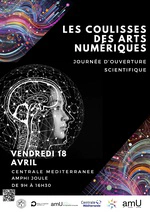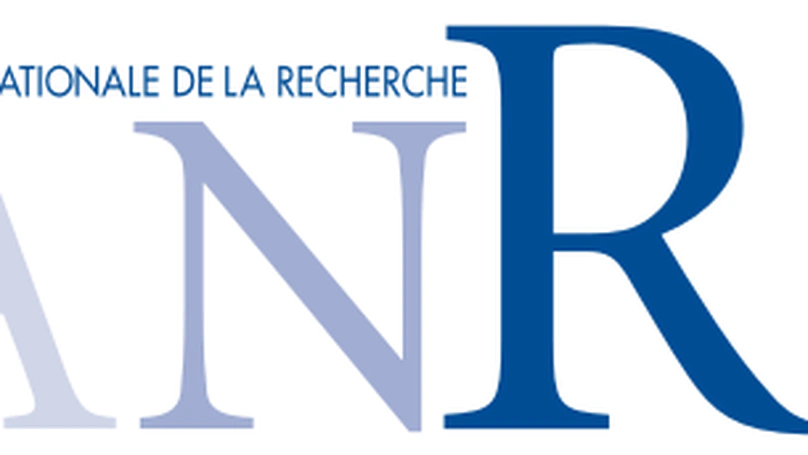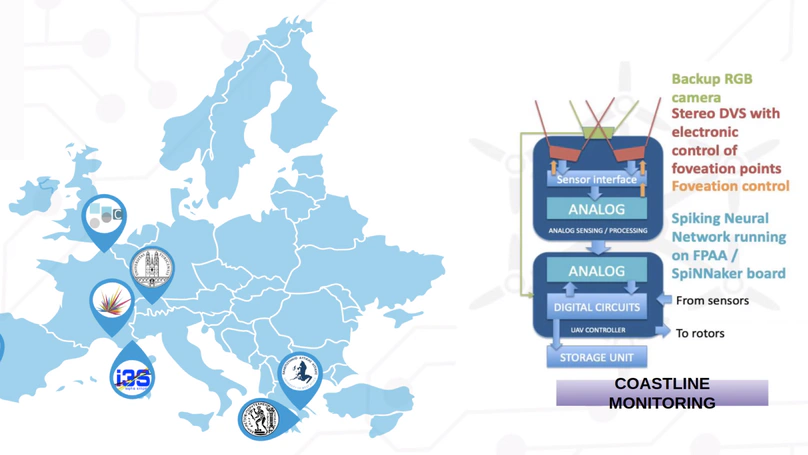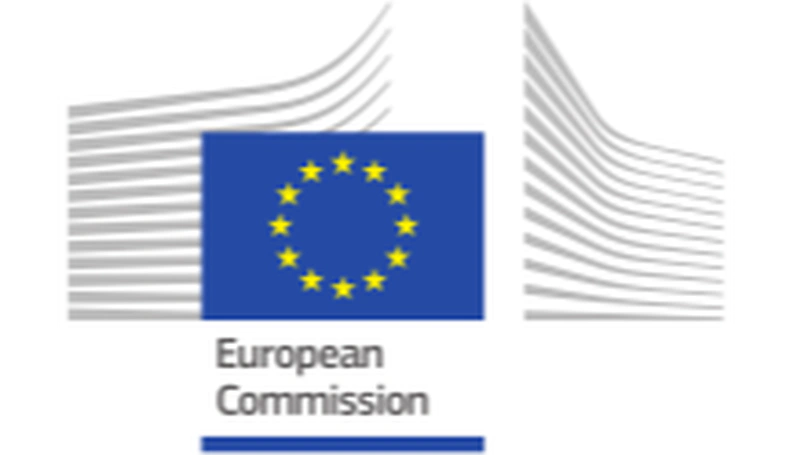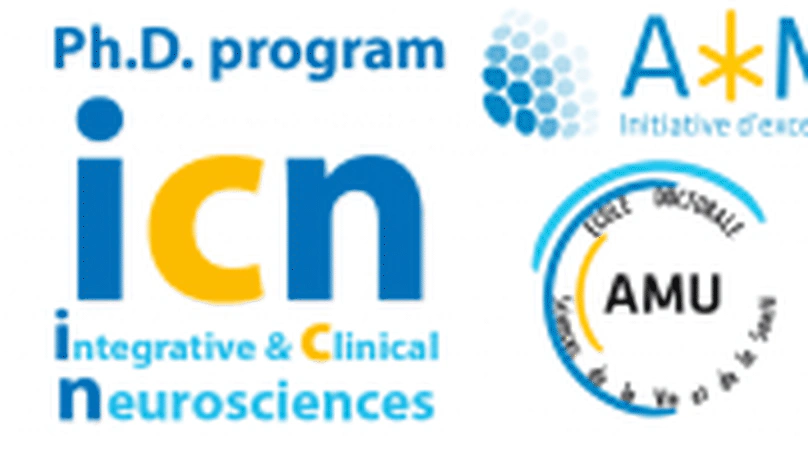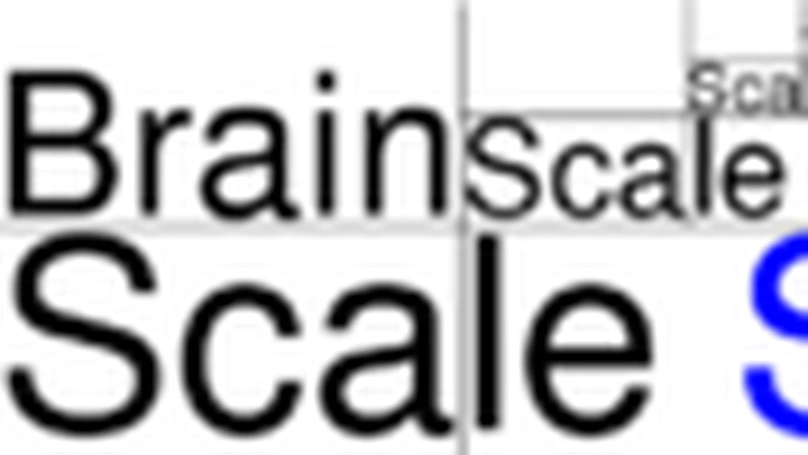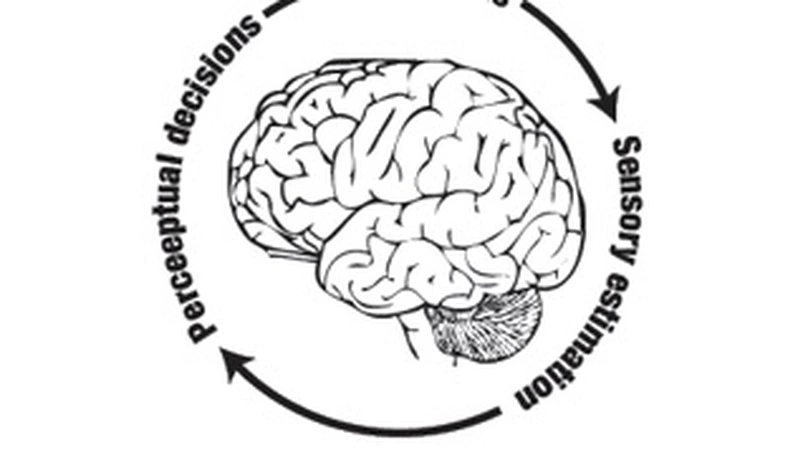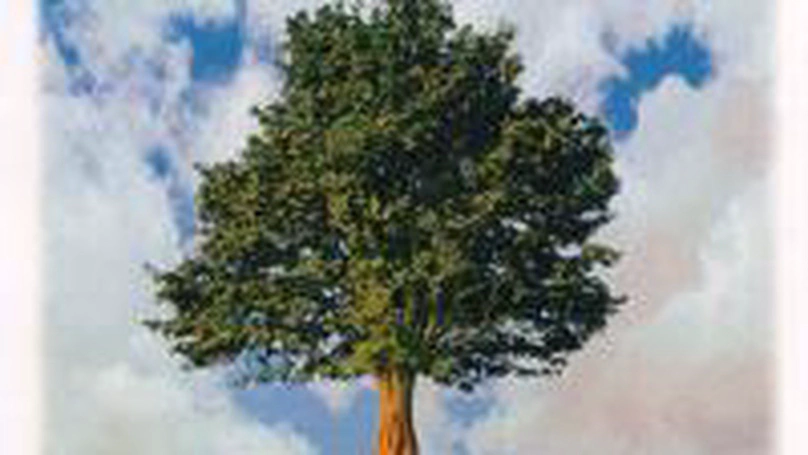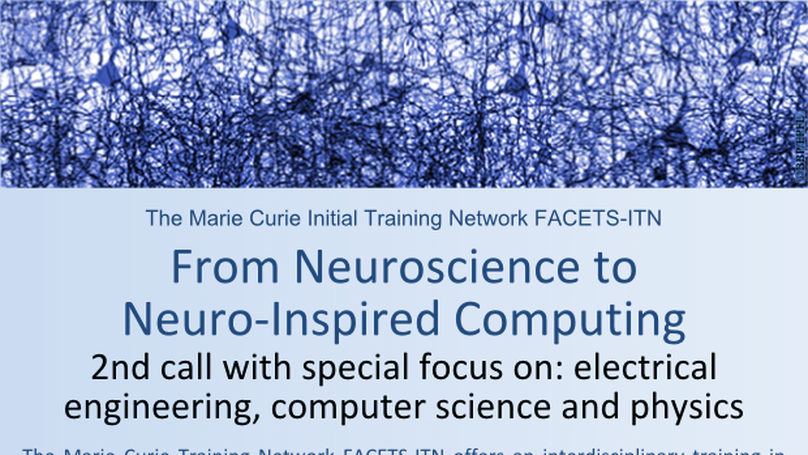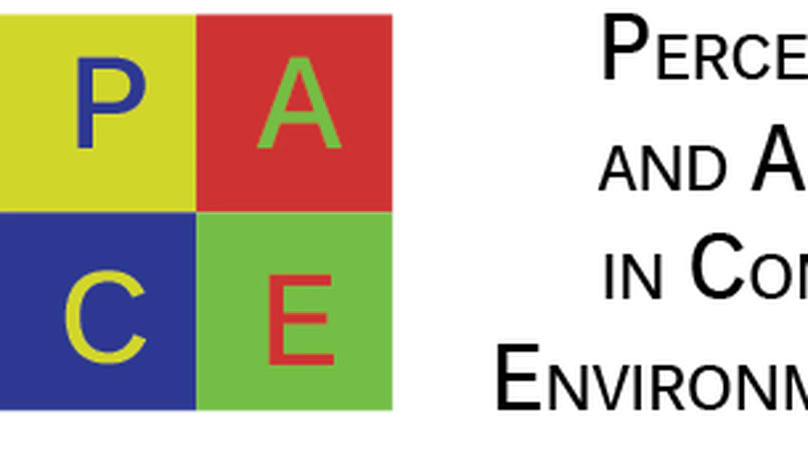Next-generation neural computations
Brains are not like computers. Our brains can quickly and easily spot familiar objects, like keys in a messy room, with very little effort. In contrast, even the best computers struggle to do this as fast or efficiently. This difference shows just how much more we need to learn about how our brains work to create smarter artificial intelligence.
To bridge the gap between neuroscience and Artificial Intelligence (AI), I seek to harness the efficiency of vision by understanding how neural computations govern sensory processes like vision and behavioral responses like eye movements.
Follow me on

Biography
Laurent Perrinet is a computational neuroscientist specialized in large scale neural network models of low-level vision, perception and action, currently at the “Institut de Neurosciences de la Timone” France (UMR 7289](https://www.wikidata.org/wiki/Q30261469)), a joint research unit (UMR7289, CNRS / Aix-Marseille Université). He co-authored more than 55 articles in computational neuroscience and computer vision. He graduated from the aeronautics engineering school SUPAERO, in Toulouse (France) with a signal processing and applied mathematics degree. He received a PhD in Cognitive Science in 2003 on the mathematical analysis of temporal spike coding of images by using a multiscale and adaptive representation of natural scenes. His research program is focusing in bridging the complex dynamics of realistic, large-scale models of spiking neurons with functional models of low-level vision. In particular, as part of the FACETS and BrainScaleS consortia, he has developed experimental protocols in collaboration with neurophysiologists to characterize the response of population of neurons. Recently, he extended models of visual processing in the framework of predictive processing in collaboration with the team of Karl Friston at the University College of London. This method aims at characterizing the processing of dynamical flow of information as an active inference process. His current challenge within the NeOpTo team is to translate, or compile in computer terminology, this mathematical formalism with the event-based nature of neural information with the aim of pushing forward the frontiers of Artificial Intelligence systems.
- Computational Neuroscience
- Machine Learning
- Vision
Habilitation à diriger des recherches, 2014
Aix-Marseille Université
PhD. in Cognitive Science, 2003
Université P. Sabatier, Toulouse, France
M.S. in Engineering, 1998
SupAéro, Toulouse, France
Lastest Publications
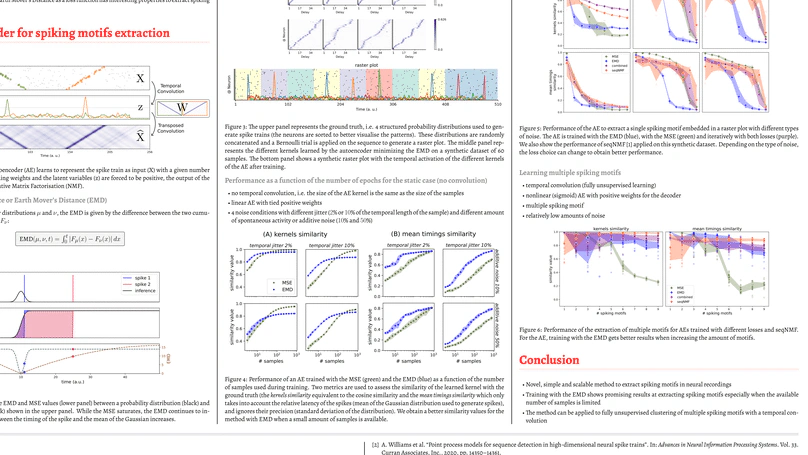
Temporal sequences are an important feature of neural information processing in biology. Neurons can fire a spike with millisecond precision, and, at the network level, repetitions of spatiotemporal spike patterns are observed in neurobiological data. However, methods for detecting precise temporal patterns in neural activity suffer from high computational complexity and poor robustness to noise, and quantitative detection of these repetitive patterns remains an open problem. Here, we propose a new method to extract spike patterns embedded in raster plots using a 1D convolutional autoencoder with the Earth Mover’s Distance (EMD) as a loss function. Importantly, the properties of the EMD make the method suitable for spike-based distributions, easy to compute, and robust to noise. Through gradient descent, the autoencoder is trained to minimize the EMD between the input and its reconstruction. We then expect the weight matrices to learn the repeating spike patterns present in the data. We validate our method on synthetically generated raster plots and compare its performance with an autoencoder trained using the Mean Squared Error (MSE) as a loss function. We show that the method using the EMD performs better at detecting the occurrence of the spike patterns, while the method using the MSE is better at capturing the underlying distributions used to generate the spikes. Finally, we propose to train the autoencoder iteratively by sequentially combining the EMD and the MSE losses. This sequential approach outperforms the widely used seqNMF method in terms of robustness to various types of noise, speed and stability. Overall, our method provides a novel approach to reliably extract repetitive temporal spike sequences, and can be readily generalized to other sequence detection applications.
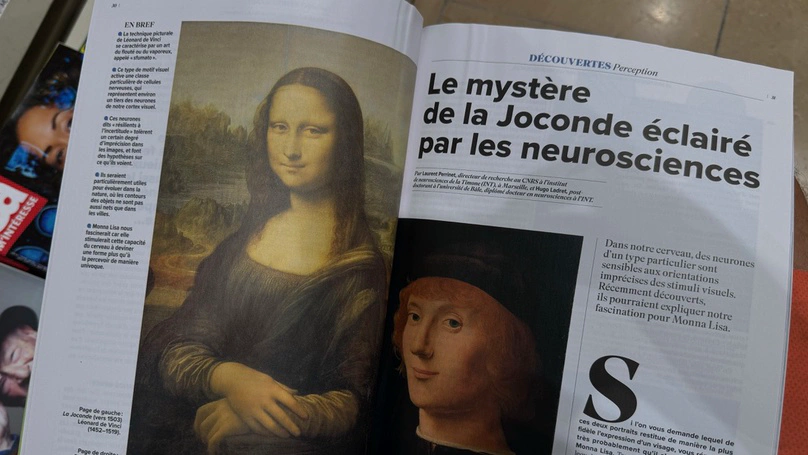
- sur Radio Canada, par Sonia Lupien : Les neurones de la Joconde : Les neurones de la Joconde (Émission ICI Première • Pénélope - 12 novembre 2024) https://ici.radio-canada.ca/ohdio/premiere/emissions/penelope/segments/rattrapage/1910587/sonia-lupien-neurones-joconde
- https://www.cerveauetpsycho.fr/sd/neurobiologie/le-mystere-de-la-joconde-elucide-par-les-neurosciences-26605.php
- https://www.facebook.com/photo/?fbid=10233017307913043&set=a.2288497170052
- https://neuromatch.social/@laurentperrinet/113027202054980118
- https://www.linkedin.com/posts/laurent-perrinet-1857b9_dans-le-dernier-num%C3%A9ro-de-cerveau-psycho-activity-7233740214886625280-Ivbf
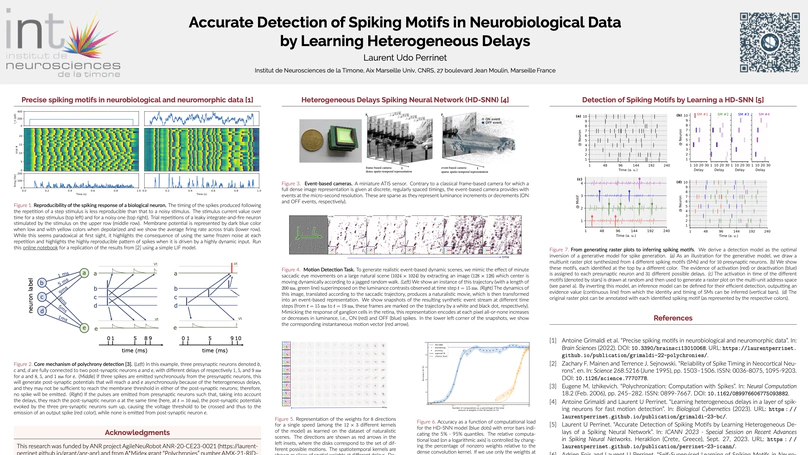
Recently, there has been an increase in interest in exploring the hypothesis that neural activity conveys information through precise spiking motifs. To investigate this phenomenon, several algorithms have been proposed to detect such motifs in Single Unit Activity recorded from populations of neurons. Based on the inversion of a generative model of raster plot synthesis, we present a novel detection model. This model derives an optimal detection procedure in the form of logistic regression combined with temporal convolution. Its differentiability allows for a supervised learning approach using gradient descent on the binary cross-entropy loss. To assess the model’s ability to detect spiking motifs in synthetic data, numerical evaluations are performed. This analysis emphasizes the benefits of utilizing spiking motifs instead of traditional firing rate-based population codes. Our learning method was able to successfully recover synthetically generated spiking motifs, indicating its potential for further applications. In the future, we aim to extend this method to real neurobiological data, where the ground truth is unknown, to explore and detect spiking motifs in a more natural and biologically relevant context.
Recent Events
Projects
Publications
Recent & Upcoming Talks
Grants
Contact
How to reach me
- laurent.perrinet@univ-amu.fr
- +33 619 478 120
- Institut de Neurosciences de la Timone (UMR 7289), Aix Marseille Université - CNRS, Faculté de Médecine - Bâtiment Neurosciences, 27, Bd Jean Moulin, Marseille, PACA 13385 Marseille Cedex 05
- When you reach the INT building, take the stairs to the second floor, then enter the open space on the left and follow it to the end of the room; my office is on the right-hand side.
- OrcID
- mastodon
- Bluesky
- ResearcherID
- NeuroTree
- Google Scholar
- Zotero
- Publons
- arXiv
- GitHub
- pixelfed
- stackoverflow
- LastFM
